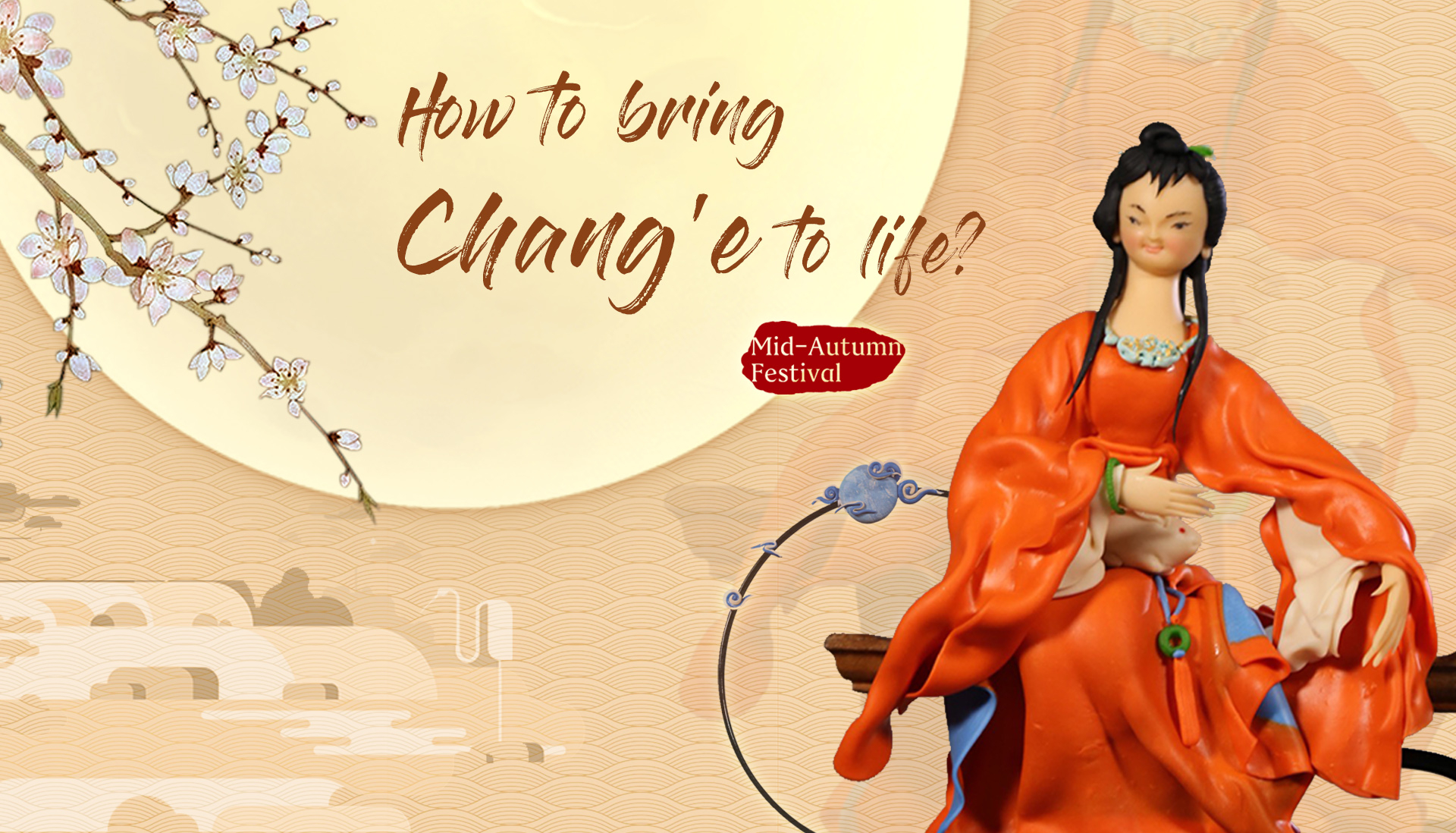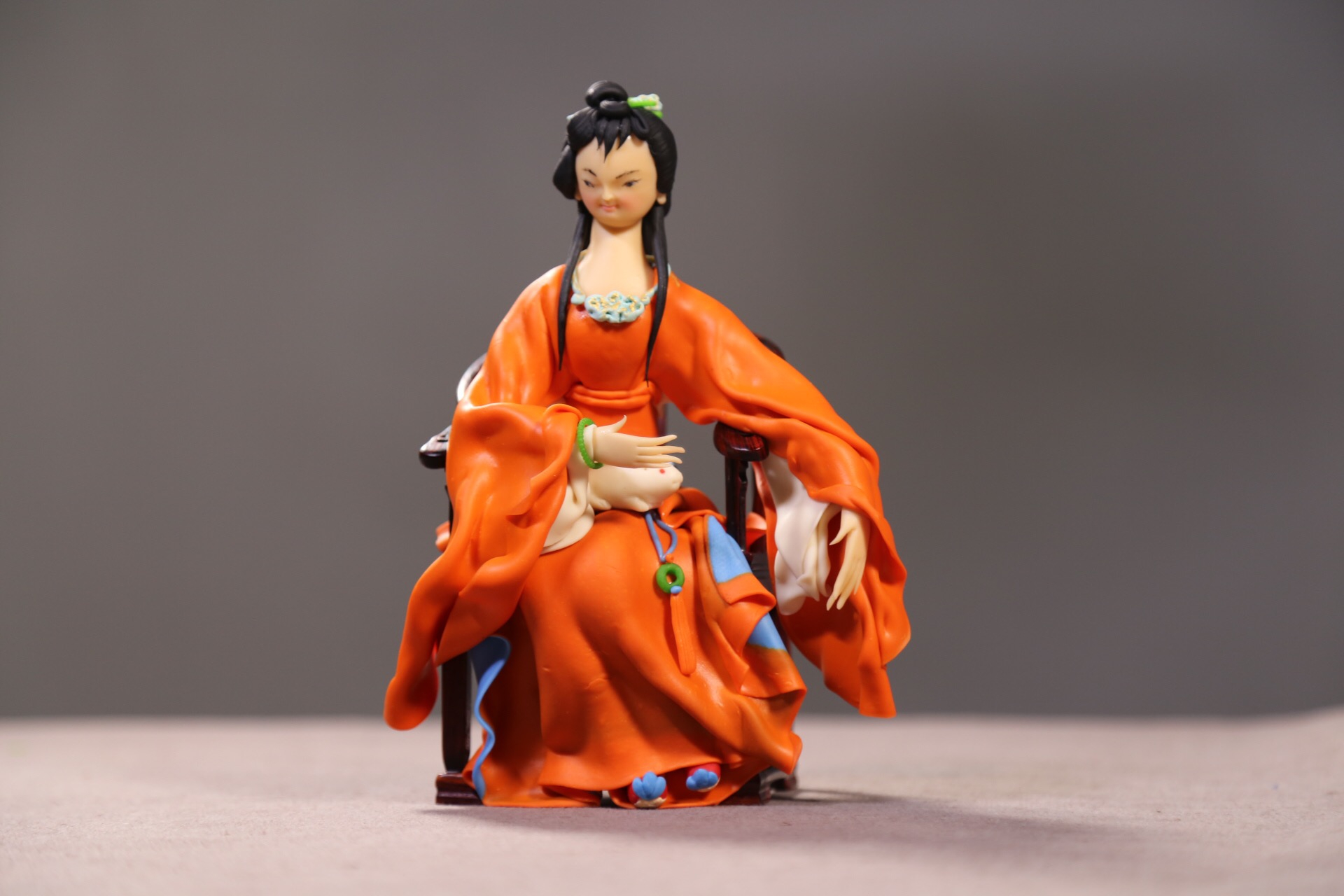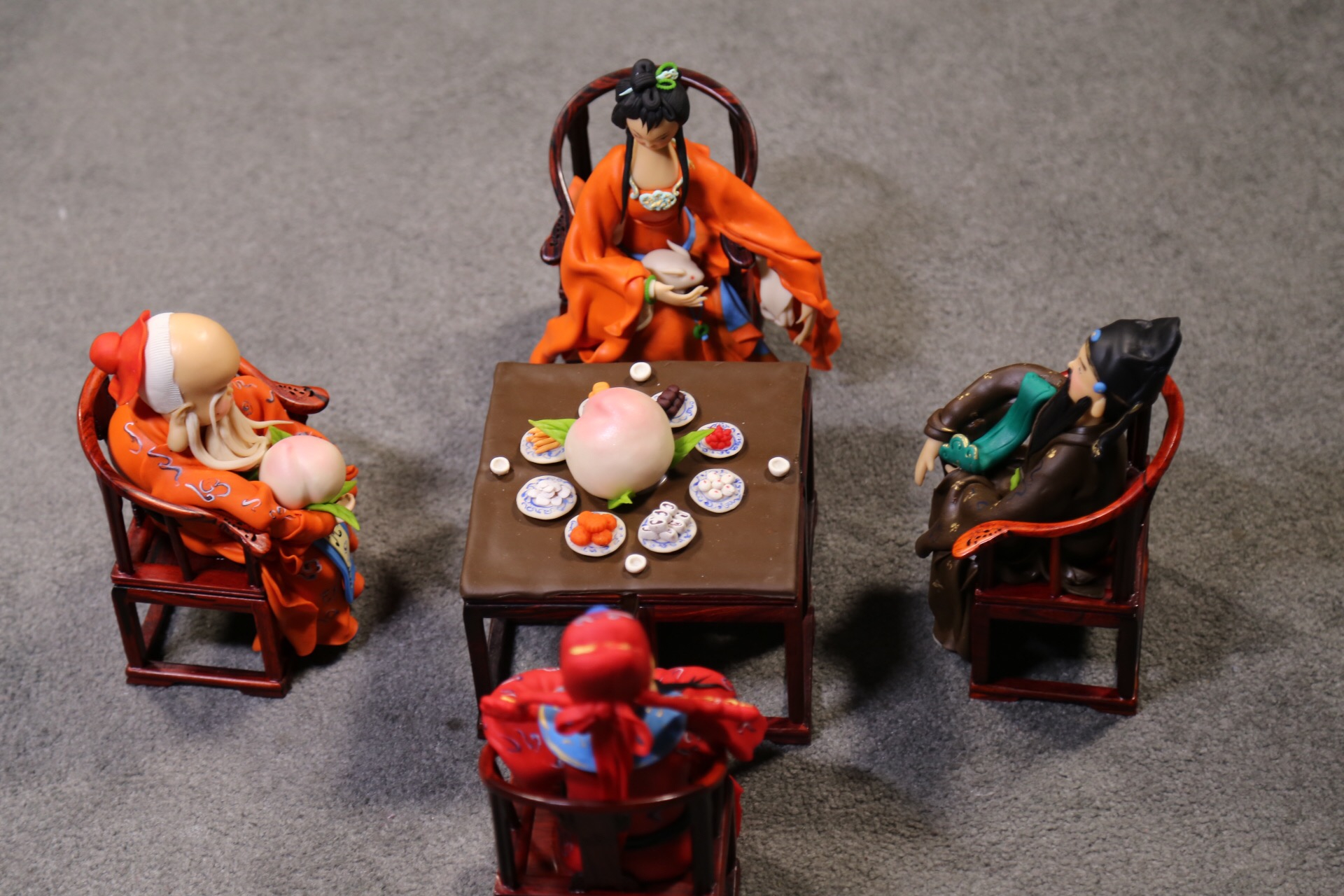

Friday marks Mid-Autumn Festival, which falls on the 15th day of the 8th lunar month of each year. Also known as "The Moon Festival", it's celebrated at the time of the year when the moon is at its fullest.
Among ancient fairy tales explaining the origin of the festival, the most famous is "Chang'e Flying to the Moon."
Chang'e, an emperor's daughter in prehistorical time, was married to an expert archer, Hou Yi. Her husband managed to shoot down nine of the ten suns in the sky, saving crops and people from scorching heat. He was therefore rewarded a bottle of elixir, which can make a person immortal. Chang'e swallows the elixir and flies to the moon, becoming the Goddess of the Moon.
There are different versions as for why she drinks the potion. One popular theory says she's compelled to take the elixir when her husband's apprentice tries to steal it. Another widespread version goes that Chang'e simply steals it out of greediness and selfishness as she hopes to be immortal.
Yearning for his beloved wife, Hou Yi worships the moon with many offerings when it turns to its brightest. And that comes during the Mid-Autumn Festival.
Create a dough sculpture of Chang'e

A dough sculpture of Chang'e by Hou Deqiang, a dough sculptor in Beijing. /CGTN Photo
Chang'e has appeared in many Chinese paintings in which she's depicted as a beautiful lady wearing elegant hair ornaments, jewels, and long gowns. An artist in Beijing makes popular sculptures of Chang'e simply with dough.
The dough is made from wheat flour, glutinous rice flour and honey. Artists usually steam the mixed dough for 30 minutes and dye it with color pigments after it cools down. Written records on Chinese dough sculptures date back to the Han Dynasty (206 BC-220 AD). Dough sculptures can usually preserve for decades.
"Steps matter during the carving process. For example, we have to cast the head contour profile first and design the hairdo at the very end after the dough on the head becomes completely dry. Otherwise, the head will be deformed," Hou Deqiang, who has made dough sculptures for almost two decades, told CGTN.
Hou spent a lot time making Chang'e's robe, including designing the hemlines and the inside and outside sleeves.
"Chang'e is good at dancing and she often performs dancing at banquets held in the heavenly palace. The beautiful flowing robe best embodies her dressing style," Hou explained.
Is Chang'e a lonely goddess?

A dough sculpture of Chang'e getting together with some other gods in the heaven for Mid-Autumn dinner by Hou Deqiang. /CGTN Photo
In the myths associated with Chang'e, there's an indispensable partner – a pure-white rabbit. Often named "Jade Rabbit," it's Chang'e sole companion in the Moon Palace according to many versions of the story.
However, Hou believes the Goddess of the Moon isn't that solitary.
"In our fairy tales, Chang'e has plenty of good friends who often get together for fun. People often consider her as a lonely image mostly because she gets separated from her husband and lives alone. Actually most of the gods/goddess in the heaven in our fairy tales have no family members," he said.
Hence why Hou created a dough sculpture of Chang'e getting together with some other gods in the heaven for Mid-Autumn dinner.
Have you prepared your festival dinner for tonight?
Reporter: Deng Junfang
Videographer: Zhang Xian
Video editor(s): Ge Ning, Chen Shi
Cover image designer: Yu Peng

Copyright © 2018 CGTN. Beijing ICP prepared NO.16065310-3
Copyright © 2018 CGTN. Beijing ICP prepared NO.16065310-3